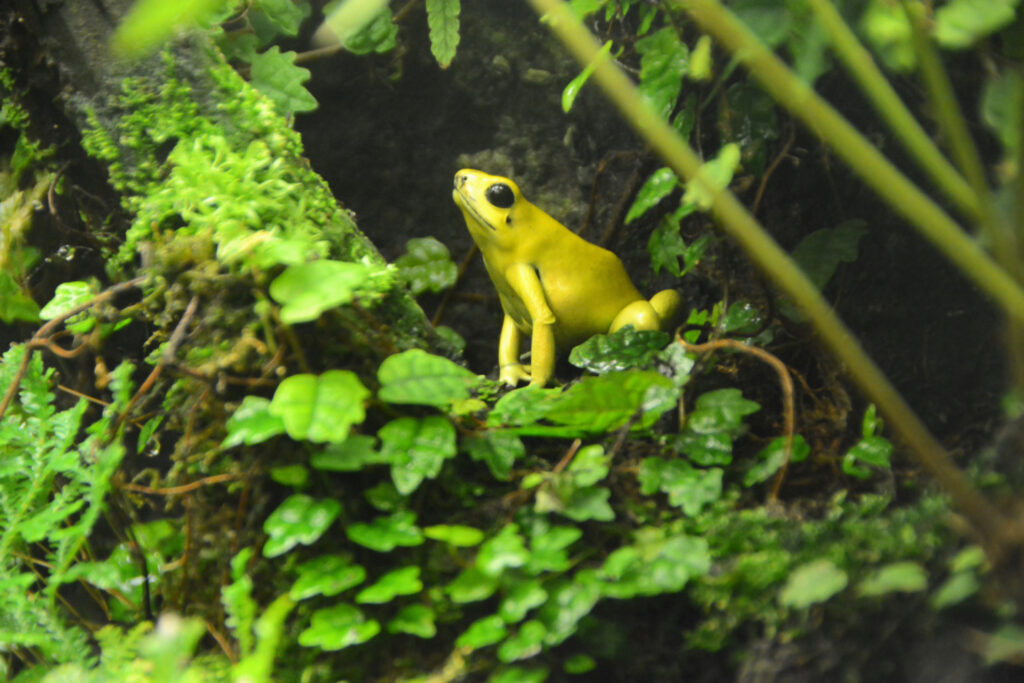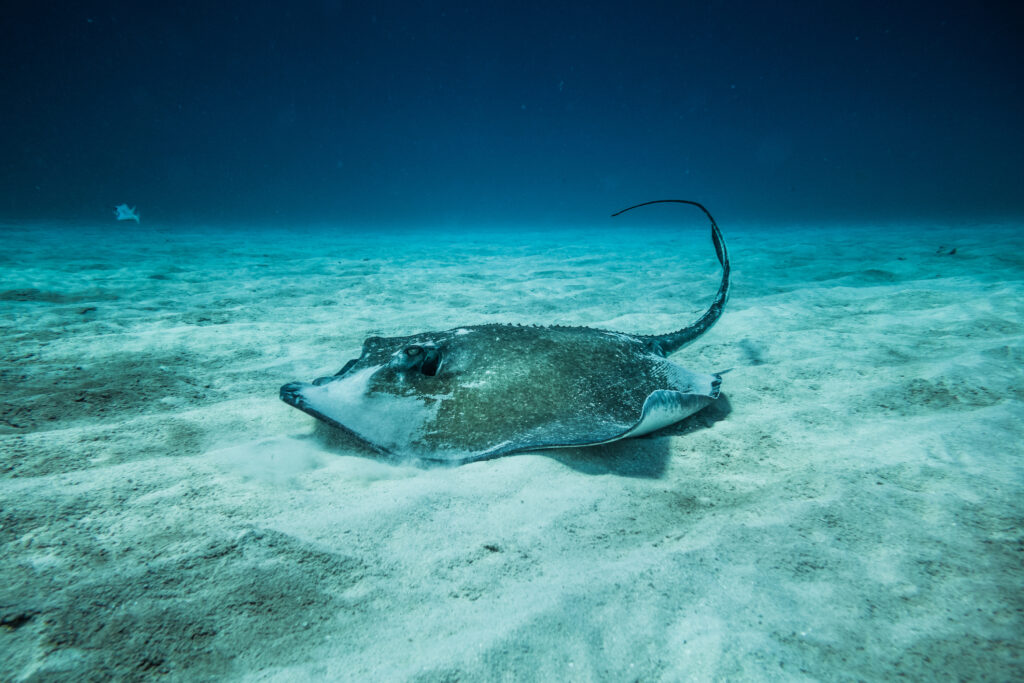Many animals have developed the ability to produce a toxic chemical in order to protect themselves, as well as a natural weapon. However, the terms ‘venomous’ and ‘poisonous’ are often used interchangeably when they are, in fact, two very different things. Most species will use poison and venom defensively, or to deter predators, but in some cases they will also use it as part of their hunting technique and ability to catch prey.
With that in mind, let’s discover more about the difference between venomous and poisonous, and find out which animals possess these toxic substances.
Poison vs venom: key differences
Both poison and venom is designed to do the same thing, in the sense that they are a natural toxin produced by an animal that can cause harm.
However, the main difference lies in how the poison or venom is delivered. Venom must be injected by the animal, and is therefore introduced via a wound. On the other hand, poison can be absorbed through the skin, inhaled or even ingested – and doesn’t require a wound. This is down to the chemical composition of the poison versus the venom. Poison can pass through your skin much more easily than venom.
With that in mind, venom is applied through a bite, sting or injection while poison typically is applied through eating something.
Most poisonous animals in the world
There are a number of poisonous animals around the world but luckily here in the UK it’s unlikely that you’ll come across them! Here are just some examples of species that you should stay well clear of…
Poison dart frogs: This is a group of frogs native to Central and South America, characterised by their brightly coloured bodies. Their skin is highly poisonous, making them dangerous to touch. Poison dart frogs typically live amongst the leaves on the forest floor, with some species living higher in the forest canopy. The golden poison frog (Phyllobates terribilis) is considered to be the most poisonous animal in the world, with enough toxin to kill 10 humans. Interestingly, this species is no bigger than 2.5cm in length. Poison dart frogs are colourful on purpose to warn predators that they are toxic, a phenomenon known as aposematic colouration.

Pufferfish: Pufferfish are dangerous to eat because they contain a poison called tetrodotoxin. This toxin is more poisonous to humans than cyanide, and comes from the pufferfish’s diet. It’s thought that the poisonous species synthesise the toxin from the bacteria in the animals they eat. Most pufferfish live in tropical and subtropical oceans, including the Pacific Ocean and Red Sea, but some can be found in brackish water. Porcupine pufferfish (Diodon holocanthus) are one such species, and is one of the larger members of the pufferfish family. Interestingly, pufferfish are a delicacy in some Asian countries, but they have to be prepared very carefully! Would you try it?
Most venomous animals in the world
There are many different venomous animals, including snakes and sea creatures. Here are some of the most fascinating species…
Stingrays: Most stingrays have barbed spines on their tails, which can produce venomous stings. However, it’s important to remember that stingrays will only sting in defence, and won’t attack unless it feels threatened. There are a number of different species of stingray, and most are found in the shallower waters of temperate seas. You can see the common stingray (Dasyatis Pastinaca), thornback ray (Raja clavate) and eagle ray (Myliobatidae) right here at Deep Sea World!

Stonefish: The most venomous fish in the world is the stonefish (Synanceia) which is commonly found amongst the coral reefs and rocky bottoms of the Pacific and Indian Oceans. Stonefish have 13 spines that line its back, releasing its venom under pressure. So if you were to accidentally step on one, it could be incredibly dangerous. Stonefish use their spines defensively, and won’t actively attack.
Box jellyfish: The box jellyfish (Cubozoa) is also incredibly venomous. Characterised by its box-shaped body, they typically use their venom to stun or kill prey. The toxins can attach the heart, nervous systems and skin cells, but luckily for us they are mostly found off the coast of Australia and through the Indo-Pacific region. A box jellyfish can have up to 15 tentacles that reach 3 metres in length, with each tentacle having around 5,000 stinging cells. These cells aren’t triggered by touch, but instead by a chemical that’s found on the outer layer of its prey.
Inland taipan: This species is considered the most venomous snake in the world. The inland taipan (Oxyuranus microlepidotus) is also sometimes called the fierce snake. It is endemic to Australia, found in the soil cracks and crevices across the floodplains. Interestingly, it is a shy species and will only bite when provoked. It grows to around 2 metres in length.
What are toxungenous animals?
As well as being poisonous or venomous, some animals are what’s known as toxungenous. This is where an animal will deliver its toxin by a physical delivery method. In other words, the animal will spit, spray or even smear its toxin on to another animal.
For example, some cobra species have been known to spit their venom up to 2 metres. The Transvaal thicktail scorpion (Parabuthus transvaalicus) has also been known to spray its venom. Fire salamanders (Salamandra salamandra) will also spray poisonous liquid from the glands behind its eyes.
Can animals be both venomous and poisonous?
In short, yes! In some cases, a species could be both. For example, the blue-ringed octopus (Hapalochlaena) has its own venom that it can inject through biting, but they can also be poisonous if eaten. This is because of the tetrodotoxin that come from the bacteria that lives in various places in its body.
These species are certainly to be respected, and some of them you can see up close and personal here at Deep Sea World. Book your tickets today and learn more about these fascinating animals.
